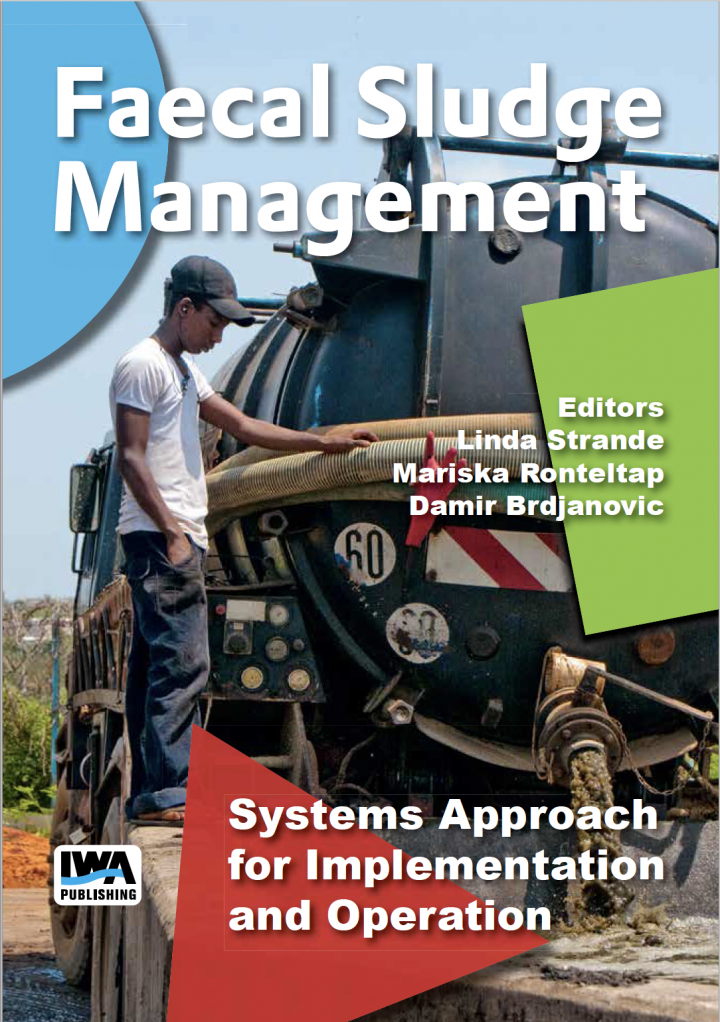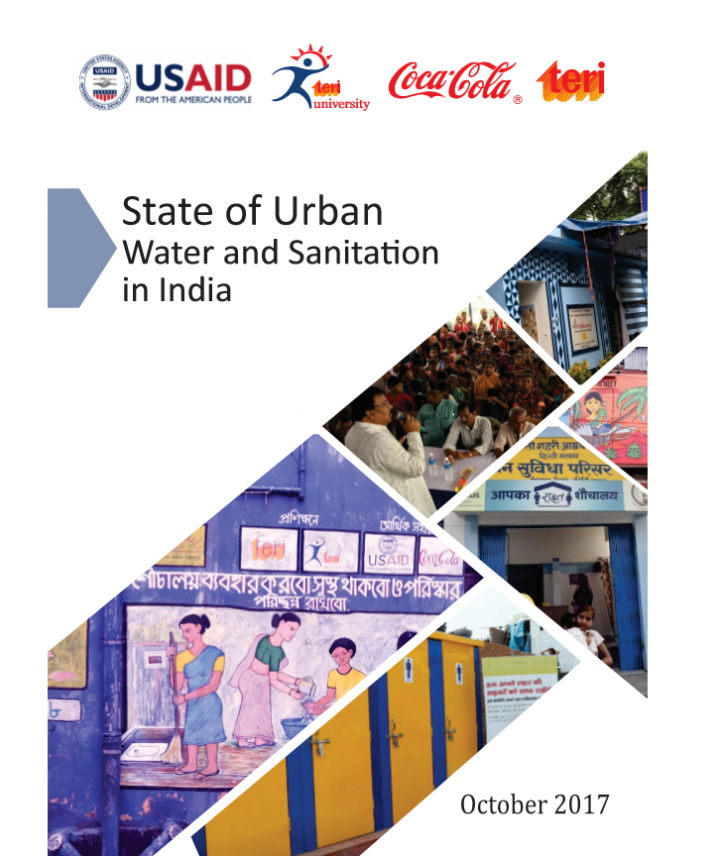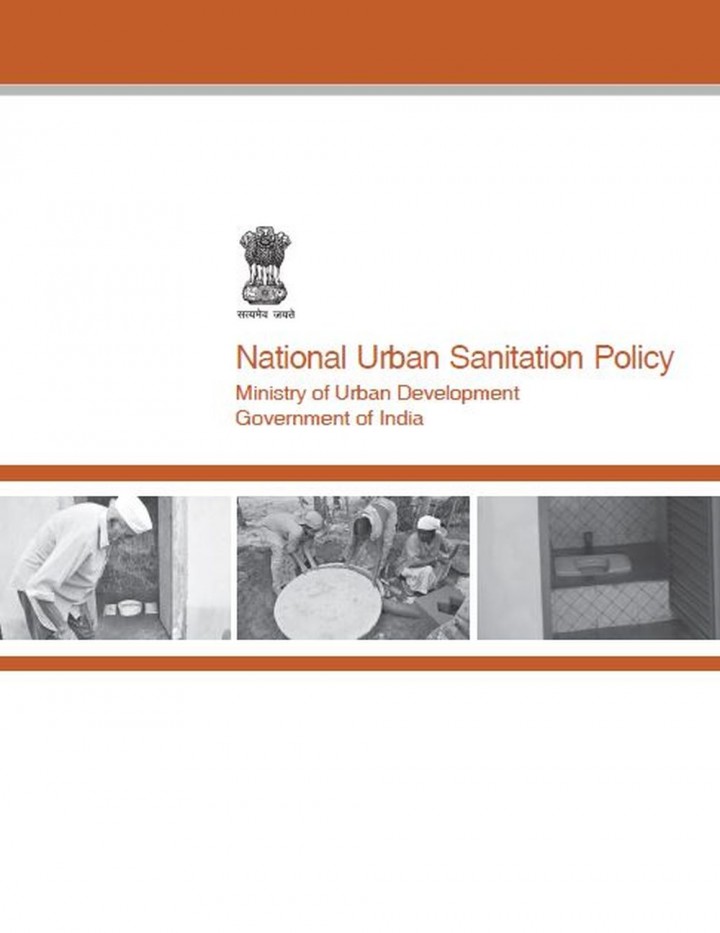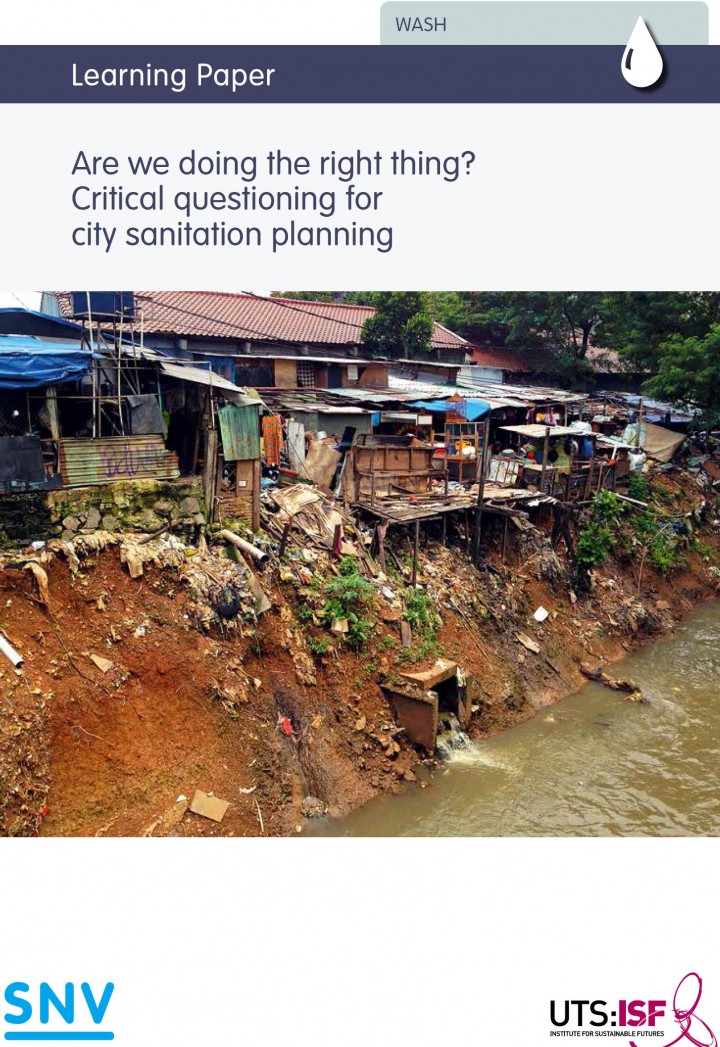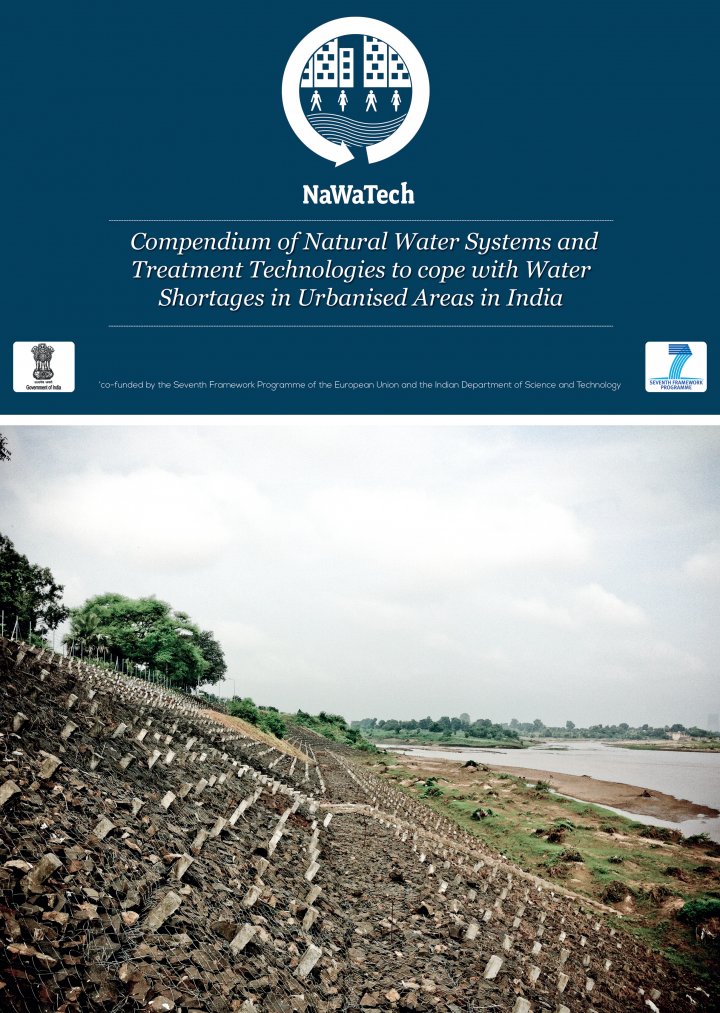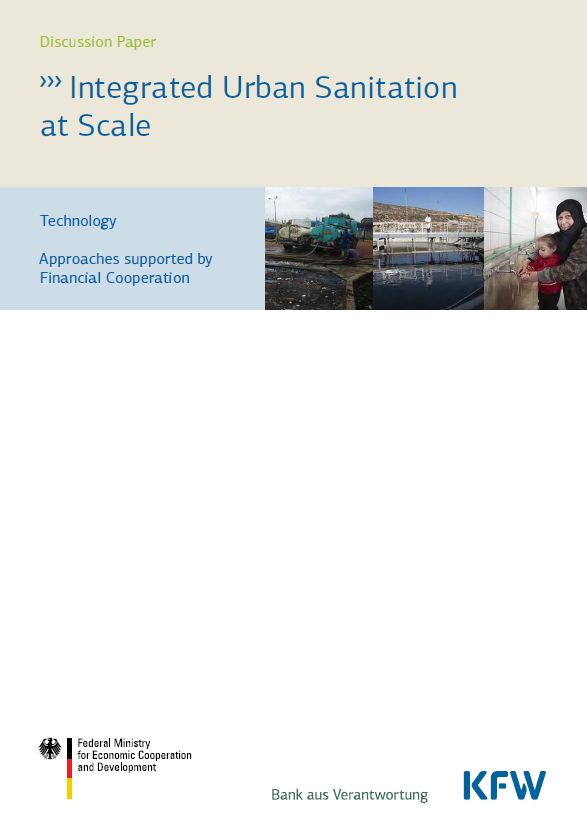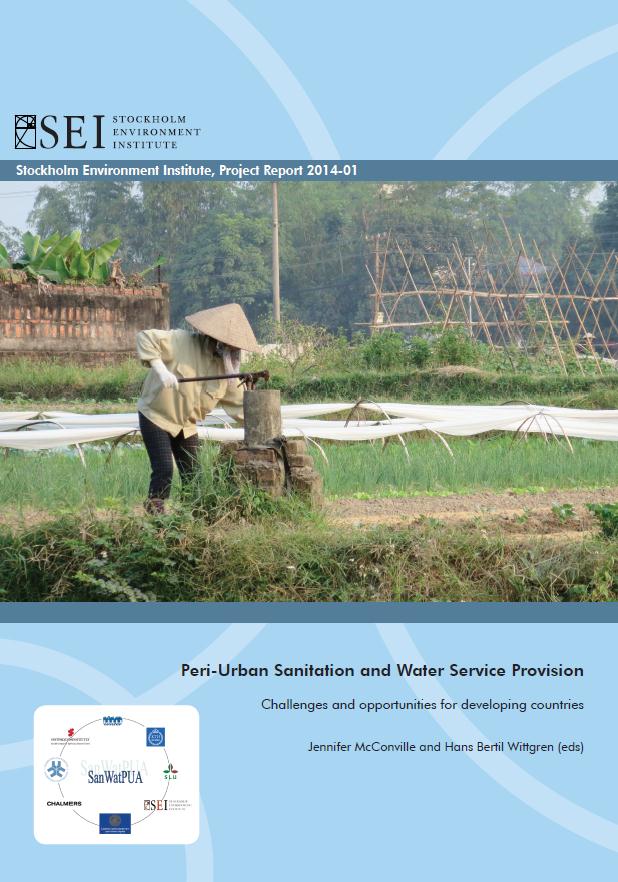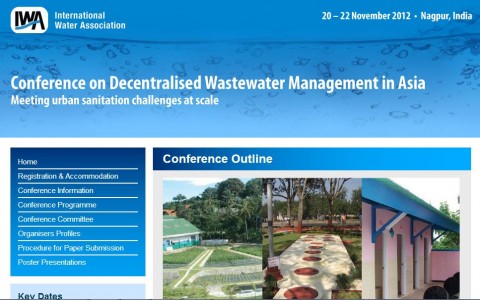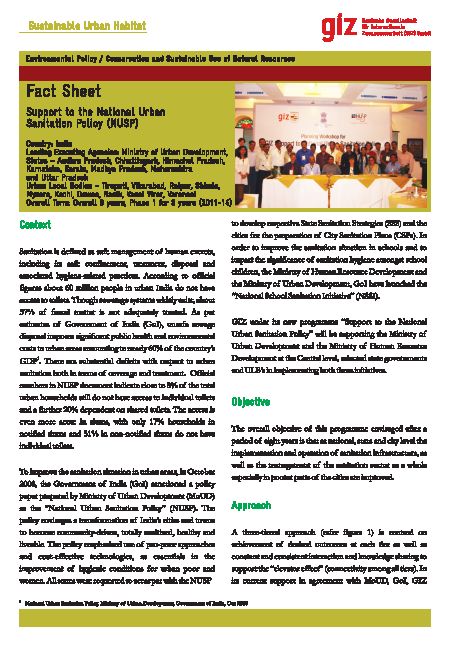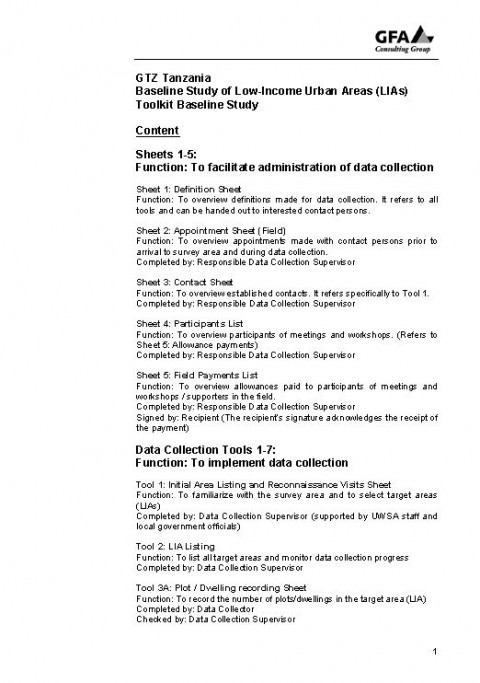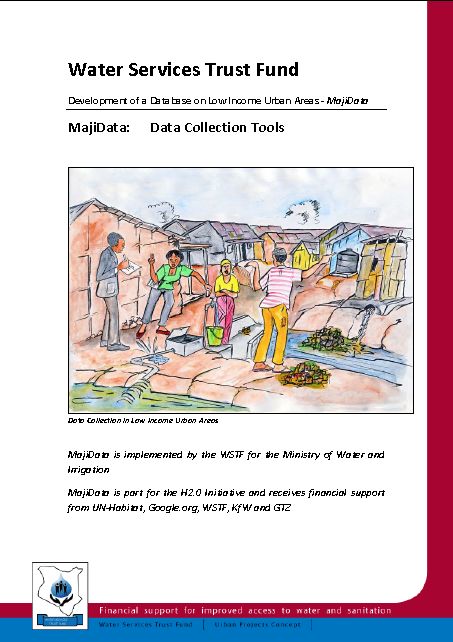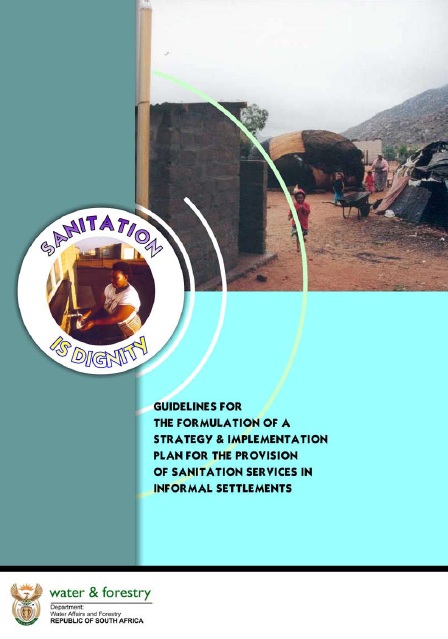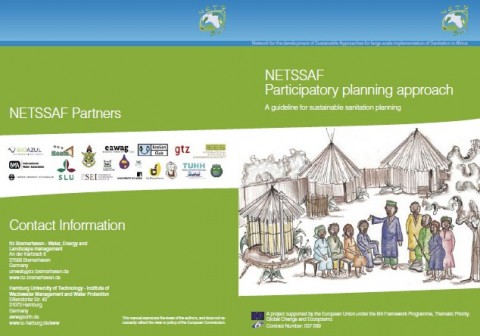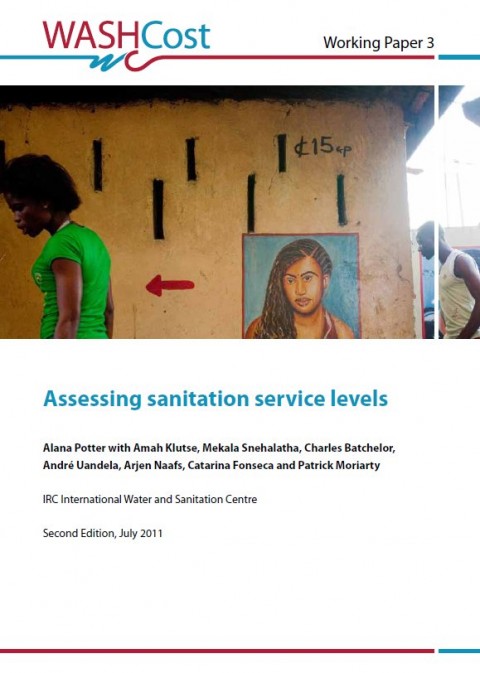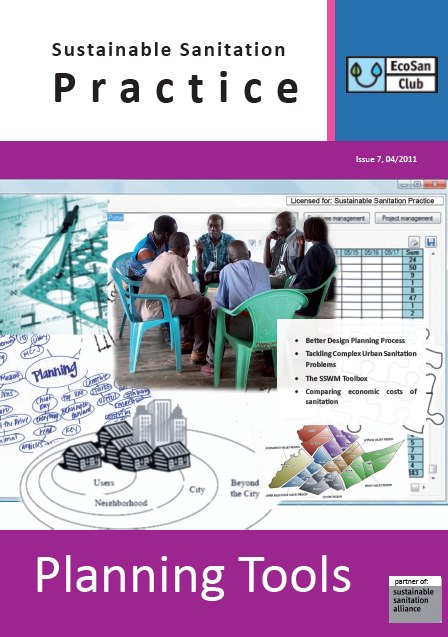Searching for information on Sanitation Workers?
The Sanitation Workers Knowledge + Learning Hub is the best source for all current news, trends, articles and updates on sanitation workers rights around the world.
LEDeG and BORDA have been working in partnership since 1987. Initially cooperation was focused on renewable energy projects which provided electricity to 67 villages through micro-hydro technology. The cooperation was later expanded to include a range of income generation activities such as food processing, handicrafts and food production. In recent years the cooperation has evolved to focus on …
ENPHO and BORDA have been working in partnership since 2004 to improve living conditions and to protect natural resources and climatic conditions in inadequately served urban and peri-urban settlements in South Asia. Concentrated in the field of urban sanitation, key achievements include technical support and scaling up of Decentralized Wastewater Treatment Systems (DEWATS), introducing Faecal …
Over a billion people in urban and peri-urban areas of Africa, Asia, and Latin America are served by onsite sanitation technologies. Until now, the management of faecal sludge resulting from these onsite technologies has been grossly neglected. Financial resources are often lacking, and onsite sanitation systems tend to be regarded as temporary solutions until sewer-based systems can be …
The report aims to be a comprehensive collection and analysis of past and current policies and programmes and provides insights into the reasons for several gaps that become apparent when the sector is viewed holistically. The extensive review of international, national, and state-level reports draws upon a rich collection of secondary literature.
A series of stakeholders’ consultation …
This publication summarizes the background, vision and sanitation policy issues in India that are adressed with the National Urban Sanitation Policy by the Ministry of Urban Development. It also provides draft frameworks, e.g. for City Sanitation Plans or developing state sanitation strategies.
In 2016 the World Water Week (WWW) brought together leading experts from around the world to discuss and share the latest experiences on planning urban sanitation in two sessions convened by WaterAid, UNDP-SIWI Water Governance Facility, GIZ, SuSanA, and the World Bank. This policy brief synthesises the key lessons and recommendations that grew out of that encounter, calling for more flexible and …
Cities are clear examples of complex and rapidly changing systems, particularly in countries where urban population growth and economic development continue apace, and where the socio-political context strongly influences the directions taken. The concept of double-loop learning can be usefully applied to city sanitation planning. This paper prompts practitioners, policy-makers and development …
This City Sanitation Planning (CSP) package approach for Dar es Salaam was created in response to the need for a simple, fast and flexible tool for determining “which sanitation solutions go where”. CSP has the following advantages:
• Can keep up with rapid urban growth and is fast to update as new data (e.g. satellite imagery, open-street maps, etc.) becomes available
• Broad and …
Providing adequate water supply and sanitation, particularly in urban areas, is a challenging task for governments throughout the world. This task is made even more difficult due to predicted dramatic global changes. Population growth, urbanisation, increasing industrialisation, climate change and a steep increase in water consumption are putting pressure on urban water resources. In order to …
A revised version of Sanitation 21 (2014) is an important component of the global sanitation toolkit, which presents a planning framework based on international best practices. Initially developed in 2006, this updated version builds on recent experiences where good planning has formed an integral part of achieving improvements in urban sanitation.
In the context of this document, planning is …
The purpose of this working paper is to set out sanitation service levels to be applied as an analytical tool for WASHCost research on the disaggregated unit costs of water, sanitation and hygiene services. It should be read together with Working Paper 2: Ladders for assessing and costing water service delivery1 (Moriarty et al., 2010) which introduces
the concept of service levels, service …



